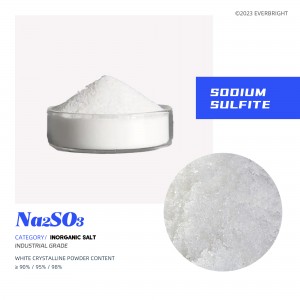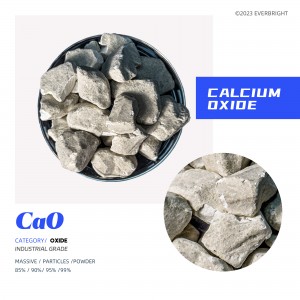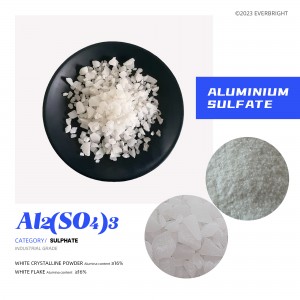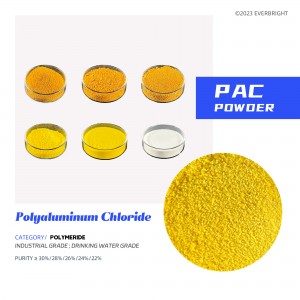-

Sodium Sulfite
Sodium sulfite, white crystalline powder, soluble in water, insoluble in ethanol. Insoluble chlorine and ammonia are mainly used as artificial fiber stabilizer, fabric bleaching agent, photographic developer, dye bleaching deoxidizer, fragrance and dye reducing agent, lignin removal agent for paper making.
-

Calcium Oxide
Quick lime generally contains overheated lime, overheated lime maintenance is slow, if the stone ash paste hardening again, it will cause expansion cracking due to aging expansion. In order to eliminate this harm of lime burning, the lime should also be “aged” for about 2 weeks after maintenance. The shape is white (or gray, brown, white), amorphous, absorbing water and carbon dioxide from the air. Calcium oxide reacts with water to form calcium hydroxide and gives off heat. Soluble in acidic water, insoluble in alcohol. Inorganic alkaline corrosive articles, national hazard code :95006. Lime reacts chemically with water and is immediately heated to temperatures above 100°C.
-

Aluminium Sulfate
Aluminum sulfate is a colorless or white crystalline powder/powder with hygroscopic properties. Aluminum sulfate is very acidic and can react with alkali to form the corresponding salt and water. The aqueous solution of aluminum sulfate is acidic and can precipitate aluminum hydroxide. Aluminum sulfate is a strong coagulant that can be used in water treatment, paper making and tanning industries.
-

Polyaluminum Chloride liquid (Pac)
Polyaluminum chloride is an inorganic substance, a new water purification material, inorganic polymer coagulant, referred to as polyaluminum. It is a water-soluble inorganic polymer between AlCl3 and Al(OH)3, which has a high degree of electric neutralization and bridging effect on colloids and particles in water, and can strongly remove micro-toxic substances and heavy metal ions, and has stable properties.
-

Polyaluminum Chloride Powder (Pac)
Polyaluminum chloride is an inorganic substance, a new water purification material, inorganic polymer coagulant, referred to as polyaluminum. It is a water-soluble inorganic polymer between AlCl3 and Al(OH)3, which has a high degree of electric neutralization and bridging effect on colloids and particles in water, and can strongly remove micro-toxic substances and heavy metal ions, and has stable properties.
-

Magnesium Sulphate
A compound containing magnesium, a commonly used chemical and drying agent, consisting of the magnesium cation Mg2+ (20.19% by mass) and the sulfate anion SO2−4. White crystalline solid, soluble in water, insoluble in ethanol. Usually encountered in the form of the hydrate MgSO4·nH2O, for various n values between 1 and 11. The most common is MgSO4·7H2O.
-

Sodium Bisulfate
Sodium bisulphate, also known as sodium acid sulfate, is sodium chloride (salt) and sulfuric acid can react at high temperatures to produce a substance, anhydrous substance has hygroscopic, aqueous solution is acidic. It is a strong electrolyte, completely ionized in the molten state, ionized into sodium ions and bisulfate. Hydrogen sulfate can only self-ionization, ionization equilibrium constant is very small, can not be completely ionized.
-

Ferrous Sulfate
Ferrous sulfate is an inorganic substance, the crystalline hydrate is heptahydrate at normal temperature, commonly known as “green alum”, light green crystal, weathered in dry air, the surface oxidation of brown basic iron sulfate in humid air, at 56.6℃ to become tetrahydrate, at 65℃ to become monohydrate. Ferrous sulfate is soluble in water and almost insoluble in ethanol. Its aqueous solution oxidizes slowly in air when it is cold, and oxidizes faster when it is hot. Adding alkali or exposure to light can accelerate its oxidation. The relative density (d15) is 1.897.
-

Magnesium Chloride
An inorganic substance that is composed of 74.54% chlorine and 25.48% magnesium and usually contains six molecules of crystalline water, MgCl2.6H2O. Monoclinic crystal, or salty, have a certain corrosive. Magnesium oxide is formed when water and hydrogen chloride are lost during heating. Slightly soluble in acetone, soluble in water, ethanol, methanol, pyridine. It deliqueses and causes smoke in wet air, and sublimates when it is white hot in the gas stream of hydrogen.
-

Calcium Hydroxide
Hydrated lime or hydrated lime It is a white hexagonal powder crystal. At 580℃, the water loss becomes CaO. When calcium hydroxide is added to water, it is divided into two layers, the upper solution is called clarified lime water, and the lower suspension is called lime milk or lime slurry. The upper layer of clear lime water can test carbon dioxide, and the lower layer of cloudy liquid lime milk is a building material. Calcium hydroxide is a strong alkali, has bactericidal and anti-corrosion ability, has a corrosive effect on skin and fabric.
-

4A Zeolite
It is a natural alumino-silicic acid, salt ore in the burning, due to the water inside the crystal is driven out, producing a phenomenon similar to bubbling and boiling, which is called “boiling stone” in image, referred to as “zeolite”, used as a phosphate-free detergent auxiliary, instead of sodium tripolyphosphate; In the petroleum and other industries, it is used as a drying, dehydration and purification of gases and liquids, and also as a catalyst and water softener.
-

Sodium Tripolyphosphate(STPP)
Sodium tripolyphosphate is an inorganic compound containing three phosphate hydroxyl groups (PO3H) and two phosphate hydroxyl groups (PO4). It is white or yellowish, bitter, soluble in water, alkaline in aqueous solution, and releases a lot of heat when dissolved in acid and ammonium sulfate. At high temperatures, it breaks down into products such as sodium hypophosphite (Na2HPO4) and sodium phosphite (NaPO3).







